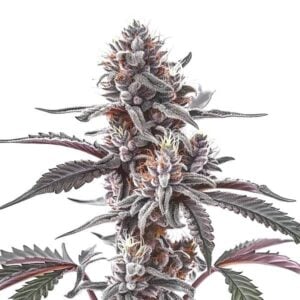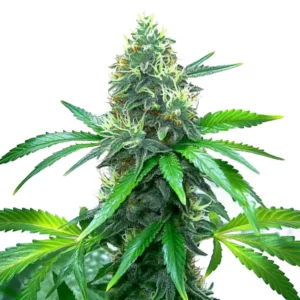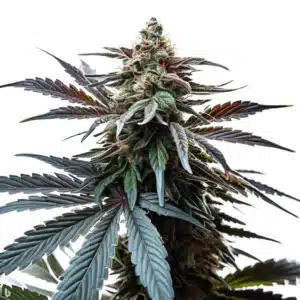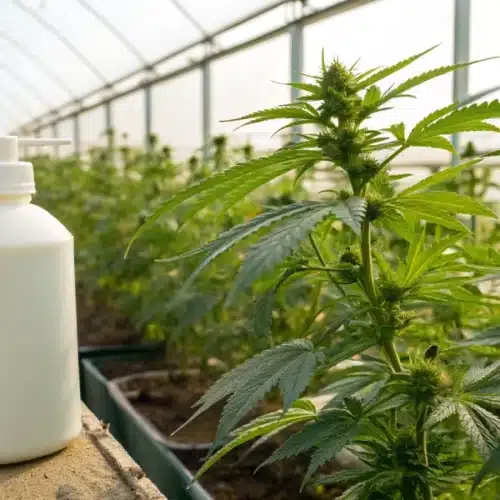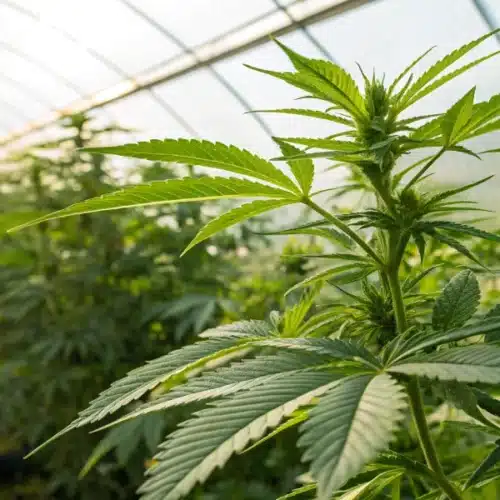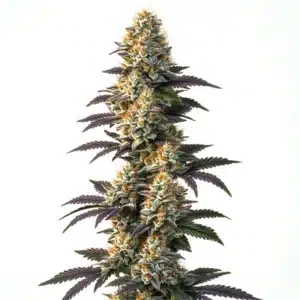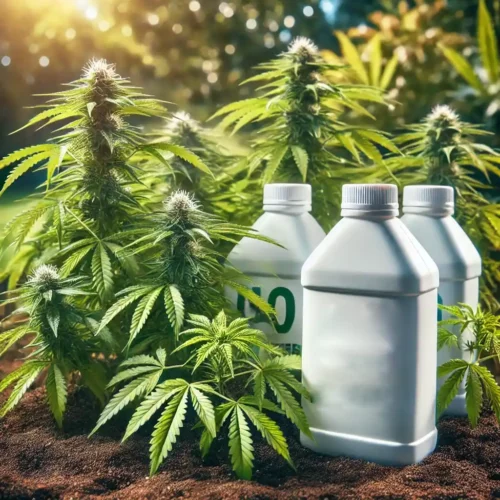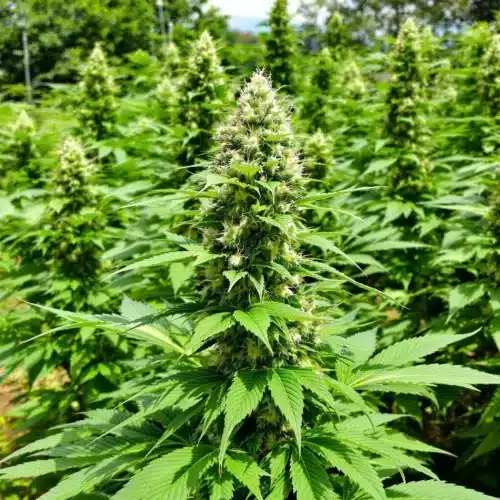Understanding Fish Fertilizer for Cannabis
What is Fish Fertilizer for Cannabis?
Fish fertilizer for cannabis is an organic nutrient source that harnesses the power of fish byproducts to enrich soil and feed plants. Made from processed fish remains, this fertilizer is packed with essential nutrients, making it an excellent option for cannabis growers who prefer natural solutions over synthetic chemicals. The use of fish fertilizer dates back centuries, and its popularity has surged in recent years as more cultivators recognize the myriad benefits it provides.
The fish used in these fertilizers can vary, including species like herring, menhaden, or salmon. The process typically involves fermenting the fish, which breaks down the proteins and releases nutrients. This results in a nutrient-rich liquid that is easy to apply and absorb. By introducing fish fertilizer into your cultivation regimen, you can boost the health of your cannabis plants while promoting an eco-friendly approach to gardening.
Nutrient Profile and Key Components
Fish fertilizer for cannabis offers a diverse range of nutrients essential for plant growth. It contains nitrogen, phosphorus, and potassium (N-P-K), the primary macronutrients needed for healthy cannabis development. Nitrogen supports vigorous leaf growth, phosphorus encourages root development and flowering, and potassium enhances overall plant health and resistance to stress.
In addition to N-P-K, fish fertilizer is rich in micronutrients such as calcium, magnesium, and iron. These elements play a crucial role in various physiological processes within the plant. For instance, calcium strengthens cell walls, magnesium aids in photosynthesis, and iron is vital for chlorophyll production. The combination of these nutrients creates a balanced feeding strategy that promotes robust growth and bountiful yields.
Moreover, fish fertilizer contains amino acids and beneficial enzymes that further enhance the nutrient uptake in cannabis plants. The presence of these components can foster a thriving ecosystem in the soil, encouraging microbial activity that aids in breaking down organic matter and making nutrients readily available to plants.
Promos & Deals
Benefits of Using Fish Fertilizer for Cannabis
Enhanced Growth and Yield
One of the standout advantages of using fish fertilizer for cannabis is its ability to significantly enhance growth and yield. The rich nutrient profile provides cannabis plants with everything they need to thrive. When applied correctly, fish fertilizer can lead to faster growth rates, lush foliage, and ultimately, a more abundant harvest.
The slow-release nature of fish fertilizer allows nutrients to be available over an extended period, reducing the risk of nutrient burn—a common issue with synthetic fertilizers. This gradual nutrient release ensures that cannabis plants have a steady supply of essential elements, promoting consistent growth throughout their life cycle. Cultivators often report larger buds and denser flowers when incorporating fish fertilizer into their feeding regimen, making it a favorite among those looking to maximize their yield.
Additionally, the use of fish fertilizer can improve the flavor and aroma profiles of cannabis. Many growers find that the organic inputs lead to more complex terpene profiles, enhancing the overall quality of the final product. This makes fish fertilizer not only a smart choice for growers looking to increase quantity but also those focused on quality.
Improved Soil Health and Microbial Activity
Using fish fertilizer for cannabis contributes significantly to improved soil health and microbial activity. Healthy soil is the foundation of successful cannabis cultivation, and fish fertilizer acts as a catalyst for creating a thriving soil ecosystem. The organic matter present in fish fertilizer feeds beneficial microorganisms, fostering a vibrant microbial community that aids in nutrient cycling and plant health.
Microbial activity in the soil is essential for breaking down organic matter and making nutrients available to plants. When fish fertilizer is introduced, it stimulates the growth of beneficial bacteria and fungi, which play a crucial role in maintaining soil structure and fertility. This not only enhances nutrient availability but also helps retain moisture, making it easier for cannabis plants to access the water they need.
Moreover, the use of fish fertilizer can improve soil aeration and drainage, reducing the risk of root rot and other moisture-related issues. A healthy soil ecosystem leads to stronger, more resilient cannabis plants capable of withstanding environmental stressors. This holistic approach to soil health is particularly appealing to organic growers, as it aligns with sustainable cultivation practices.
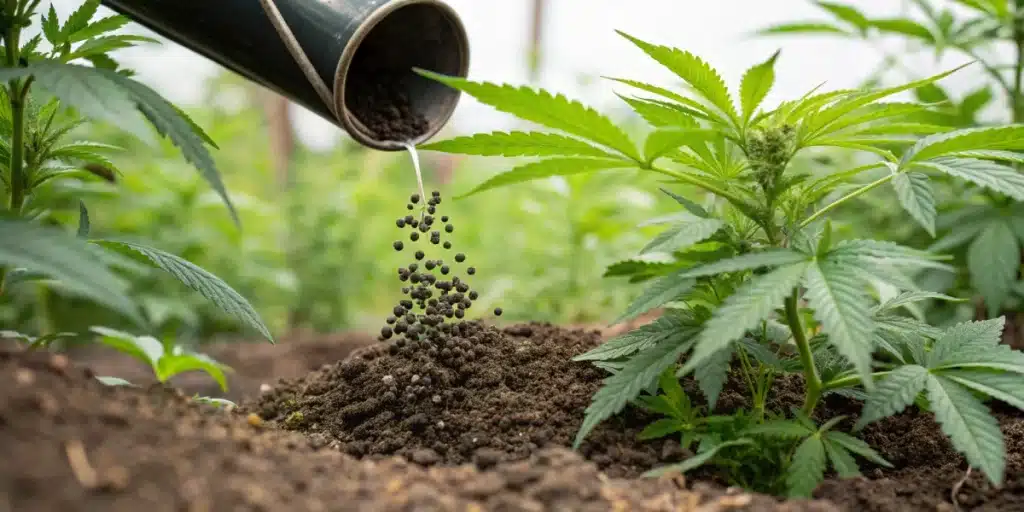
Application and Dosage of Fish Fertilizer for Cannabis
Best Practices for Application
When applying fish fertilizer for cannabis, following best practices is essential to maximize its effectiveness and minimize any potential drawbacks. Timing and method of application can greatly influence the outcome of your cannabis grow. Fish fertilizer can be used as a foliar spray or soil drench, depending on your preference and the specific needs of your plants.
For foliar feeding, dilute the fish fertilizer with water and apply it directly to the leaves of the cannabis plants. This method allows for quick nutrient absorption and can provide an immediate boost, especially during critical growth phases such as flowering. However, it’s important to apply during the cooler parts of the day to prevent leaf burn and ensure optimal absorption.
For soil application, mix the fish fertilizer with water and drench the soil around the base of the plants. This method allows the nutrients to penetrate the root zone, where they can be absorbed effectively. Regardless of the method chosen, always ensure you are using a quality fish fertilizer product that is free from harmful additives or preservatives.
Dosage, Timing, and Frequency
Determining the right dosage of fish fertilizer for cannabis is essential for achieving optimal growth without overwhelming the plants. Generally, a dilution ratio of 1:10 (one part fish fertilizer to ten parts water) is recommended for both foliar and soil applications. However, it’s crucial to monitor your plants closely and adjust the dosage based on their specific needs and growth stage.
Timing is another critical factor when using fish fertilizer. During the vegetative stage, cannabis plants typically require more nitrogen, so applying fish fertilizer every 2-3 weeks can promote lush foliage and strong growth. As plants transition into flowering, you may want to adjust the frequency and focus on products with a higher phosphorus content to support bud development.
It’s also important to consider the overall health of your plants, as over-fertilization can lead to nutrient burn. Regularly check for signs of distress, such as yellowing leaves or stunted growth, and be prepared to modify your feeding schedule accordingly. By maintaining a balanced approach to application, cannabis cultivators can harness the full potential of fish fertilizer for flourishing plants.
Integrating Fish Fertilizer into Your Cultivation Routine
Combining with Other Organic Inputs
Integrating fish fertilizer for cannabis into your cultivation routine can be a game-changer, especially when combined with other organic inputs. Many growers find that using a holistic approach, whereby multiple organic fertilizers and amendments are used together, results in healthier plants and improved yields.
For example, pairing fish fertilizer with compost or worm castings can create a nutrient-dense environment that supports robust plant growth. These organic inputs provide a diverse array of nutrients and beneficial microorganisms, enhancing the overall soil ecosystem. This synergistic relationship promotes nutrient availability and uptake, ensuring that cannabis plants receive the complete nutrition they need.
Additionally, consider complementing fish fertilizer with other organic fertilizers, such as bat guano or seaweed extract. Each of these inputs brings unique benefits to the table, allowing you to tailor your feeding regimen to the specific needs of your cannabis plants. This combination can lead to improved growth rates, increased resilience against pests and diseases, and ultimately, a more fruitful harvest.
Adjusting pH and Maintaining Balance
When using fish fertilizer for cannabis, maintaining the proper pH balance in your soil is crucial for optimal nutrient uptake. Fish fertilizers tend to have a lower pH, which can influence the overall acidity of your growing medium. Cannabis plants thrive in slightly acidic conditions, typically between pH 6.0 and 7.0. Regularly testing your soil pH allows you to make necessary adjustments and ensure that nutrients remain accessible to your plants.
If your soil pH is too low, consider adding lime or other pH-raising amendments to restore balance. Conversely, if the pH is too high, incorporating sulfur or other amendments can help lower the pH. It’s essential to monitor the pH regularly, especially when using organic fertilizers, as fluctuations can impact nutrient availability and overall plant health.
In addition to pH, be mindful of the nutrient balance in your soil. Over-reliance on fish fertilizer can lead to nutrient imbalances, so it’s important to assess the overall nutrient profile and adjust your feeding strategy as needed. Regular soil testing can provide valuable insights into the nutrient levels in your growing medium, allowing you to optimize your cannabis cultivation for maximum growth and yield.

FAQs about Fish Fertilizer for Cannabis
How does fish fertilizer benefit cannabis plants?
Fish fertilizer for cannabis offers a rich source of essential nutrients, including nitrogen, phosphorus, and potassium. It enhances growth rates, improves soil health, and promotes microbial activity, leading to healthier plants and increased yields.
Can fish fertilizer be used in all growth stages?
Yes, fish fertilizer can be used throughout all growth stages of cannabis cultivation. During the vegetative stage, it provides nitrogen for leaf growth, while in the flowering stage, it supports bud development with phosphorus and potassium.
What is the recommended dosage for fish fertilizer in cannabis cultivation?
A general guideline for fish fertilizer is to dilute it at a ratio of 1:10 (one part fertilizer to ten parts water). Adjust the dosage based on the specific needs of your plants and monitor for any signs of nutrient burn.


